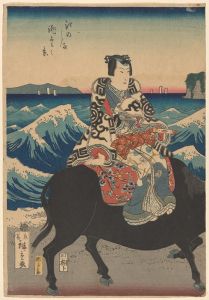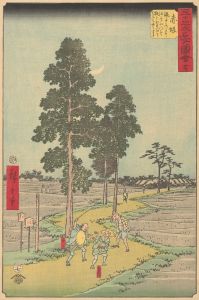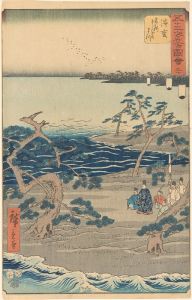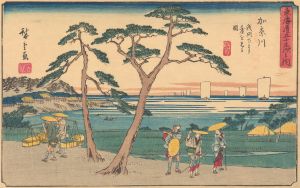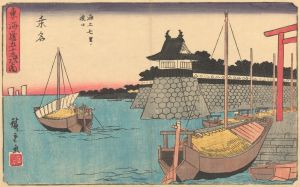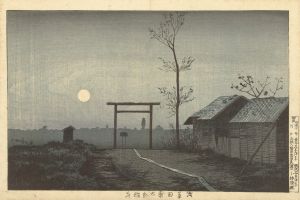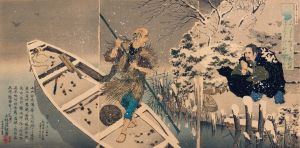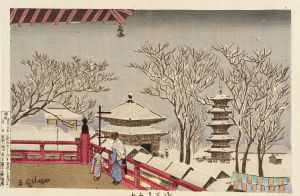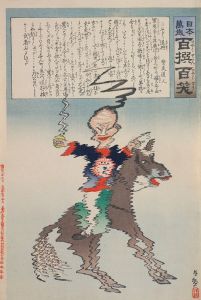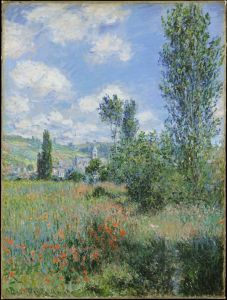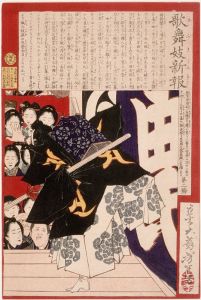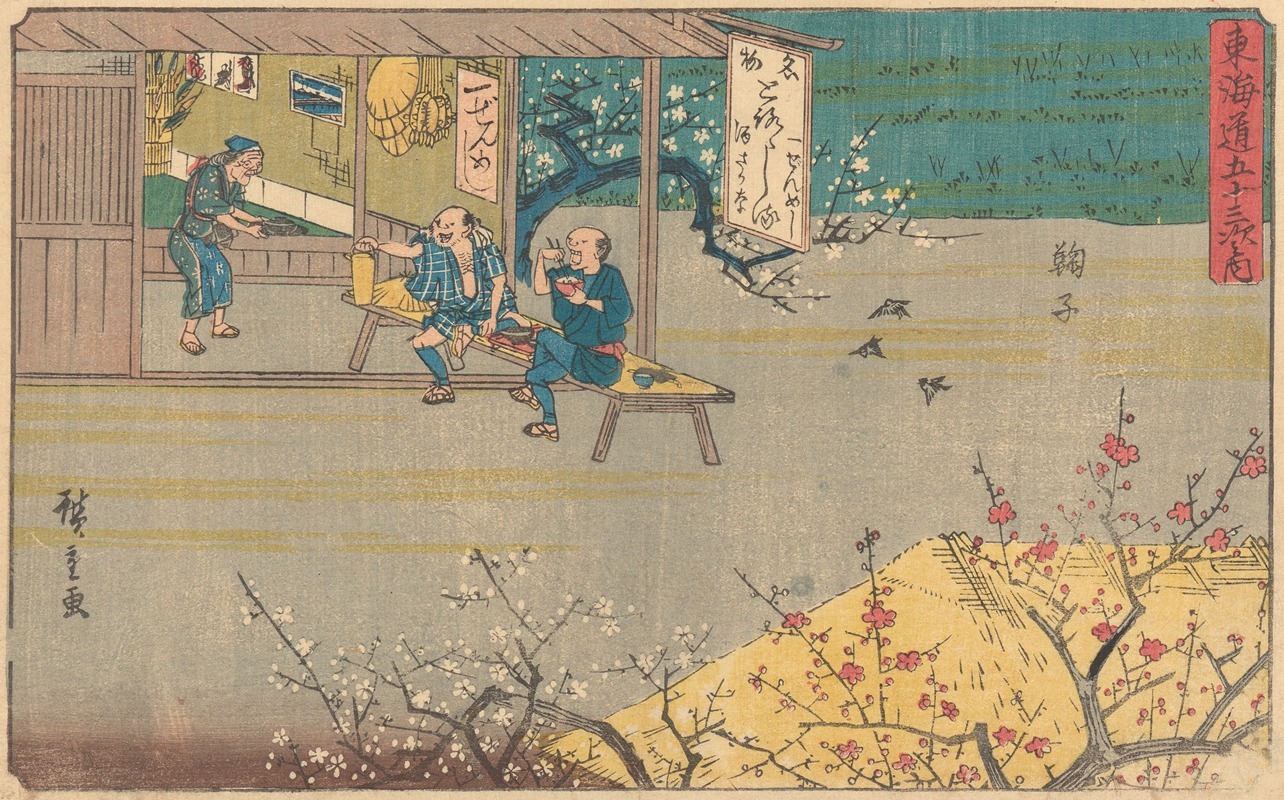
Mariko
A hand-painted replica of Andō Hiroshige’s masterpiece Mariko, meticulously crafted by professional artists to capture the true essence of the original. Each piece is created with museum-quality canvas and rare mineral pigments, carefully painted by experienced artists with delicate brushstrokes and rich, layered colors to perfectly recreate the texture of the original artwork. Unlike machine-printed reproductions, this hand-painted version brings the painting to life, infused with the artist’s emotions and skill in every stroke. Whether for personal collection or home decoration, it instantly elevates the artistic atmosphere of any space.
Andō Hiroshige, a renowned Japanese ukiyo-e artist of the Edo period, is celebrated for his landscape prints and depictions of the Tōkaidō Road, a vital route connecting Edo (modern-day Tokyo) and Kyoto. One of his significant series is "The Fifty-three Stations of the Tōkaidō," which captures the various post stations along this route. Mariko is one of these stations, and Hiroshige's depiction of it is part of this acclaimed series.
Hiroshige's "The Fifty-three Stations of the Tōkaidō" was first published in 1833-1834 and is known as the Hoeido edition, named after the publisher. This series consists of 55 prints, including the starting point at Nihonbashi in Edo and the terminus at Kyoto, with 53 stations in between. Mariko is the 21st station in this sequence.
The Mariko print is celebrated for its serene and picturesque representation of the station, which was historically known for its yam soup, a local delicacy. In Hiroshige's depiction, travelers are shown stopping at a tea house, enjoying a moment of rest and refreshment. The scene is set against a backdrop of rolling hills and lush greenery, characteristic of the natural beauty found along the Tōkaidō Road.
Hiroshige's work is distinguished by its use of color, composition, and perspective, which were innovative for the time. In the Mariko print, he employs a harmonious color palette that captures the tranquil atmosphere of the rural setting. The composition is carefully balanced, with the tea house and travelers in the foreground and the landscape extending into the distance, creating a sense of depth and inviting the viewer into the scene.
The Tōkaidō series, including the Mariko print, played a significant role in popularizing the ukiyo-e genre and influencing Western artists, particularly during the Japonisme movement in the late 19th century. Hiroshige's work was admired by artists such as Vincent van Gogh and Claude Monet, who were inspired by his use of color and composition.
Hiroshige's depiction of Mariko, like his other works in the Tōkaidō series, not only serves as an artistic representation but also as a historical document, providing insight into the travel culture and landscape of Edo-period Japan. The prints were widely collected and appreciated both in Japan and abroad, contributing to Hiroshige's legacy as one of the masters of ukiyo-e.
Today, Hiroshige's Mariko print, along with the rest of "The Fifty-three Stations of the Tōkaidō," is held in high regard and can be found in museum collections worldwide. These works continue to be studied and admired for their artistic merit and historical significance, offering a glimpse into a bygone era of Japanese history and culture.







